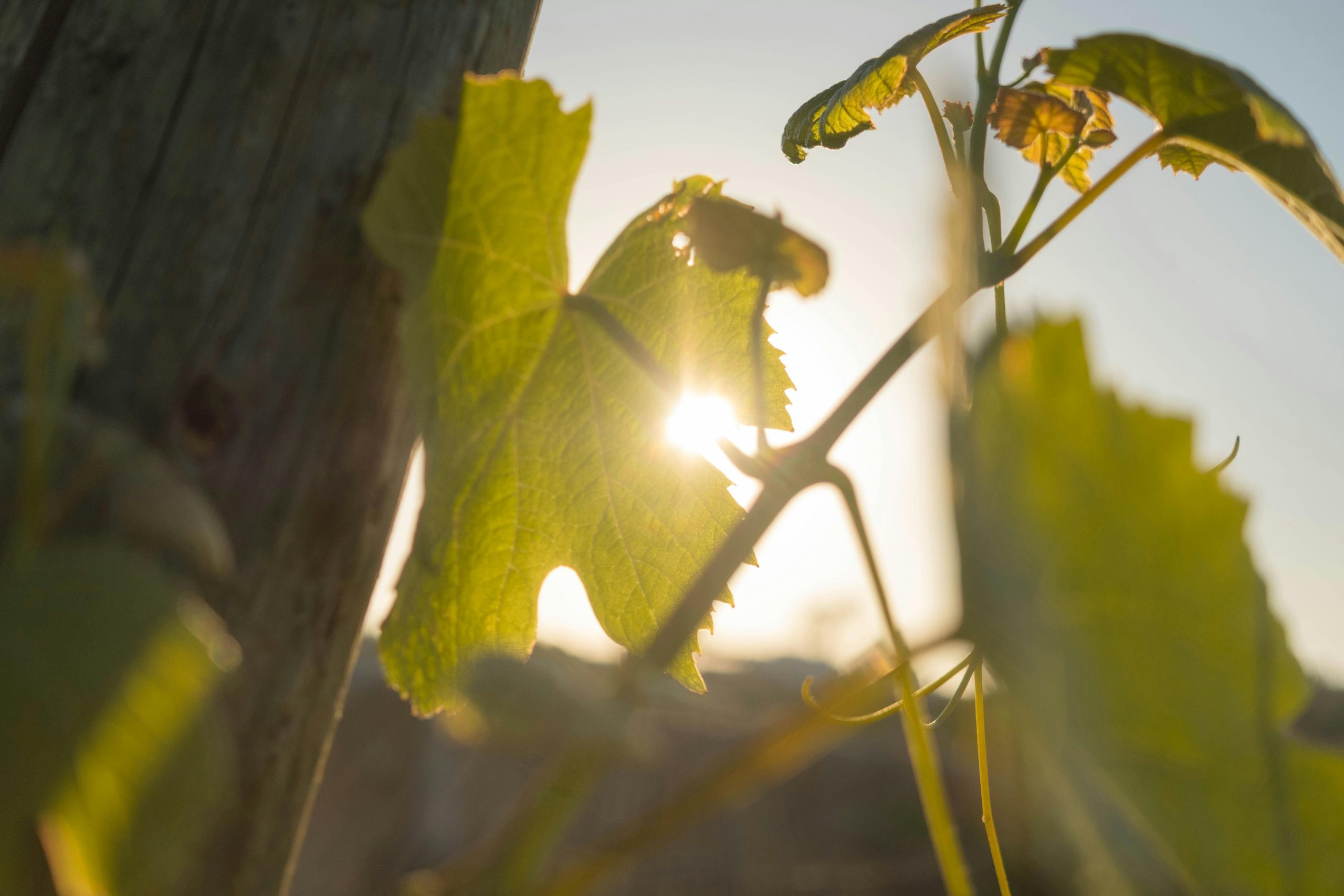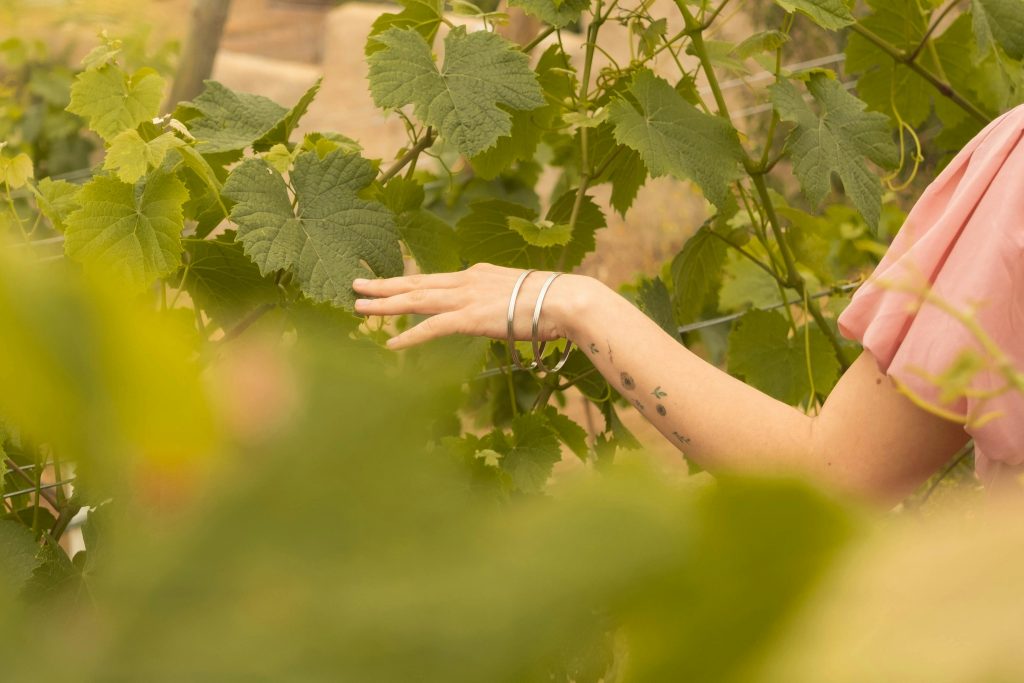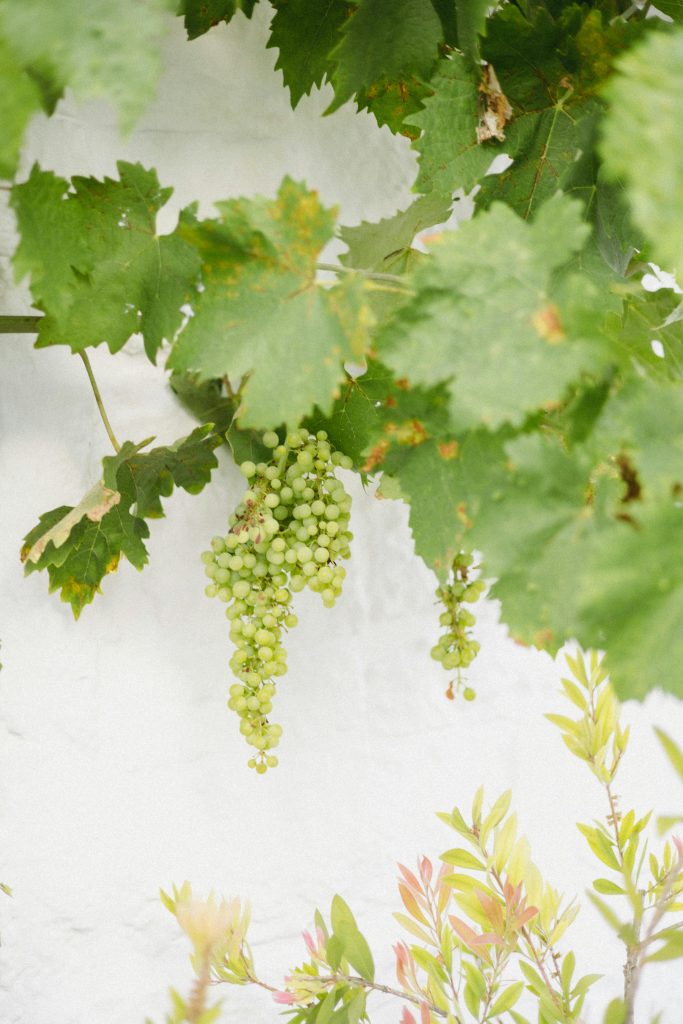
Vineyards look beautiful, but there’s a hidden battle behind those rows of lush leaves and plump grapes. The vine plant is not just battling weather changes; it’s facing a host of enemies like fungi, bacteria, and even viruses. Let’s explore the usual suspects that can turn a thriving vineyard into a struggling one. Keeping these vines healthy!
The Biggest Threat: Fungal Diseases
Fungi are the most common troublemakers for vine plants. Here’s a quick tour of the main ones:
- Powdery Mildew (Oidium): This fungus originally came from wild American grapevines. It’s spread worldwide since its European debut in 1845. The mildew forms a spiderweb-like layer on the green parts of the plant. As a result, the vines stop growing, and the grapes harden and crack open. Not a good look if you’re hoping for juicy, ripe clusters!
- Downy Mildew (Peronospora): Another American import, Downy Mildew made its European entrance in 1878. Unlike its powdery counterpart, it targets the leaves. A dusty layer appears underneath, making them look like they’ve been sprinkled with flour. Then, the grapes start to dry up—no sugar-rich wine potential here.
- Gray Rot (Botrytis): This one’s a wild card. Botrytis cinerea can be the villain or the hero, depending on its timing. If it hits early, it causes sour rot, leaving grapes unfit for winemaking. But if it shows up just as the grapes ripen, it dehydrates them, concentrating sugars and creating sweet, luscious dessert wines.
Other fungi worth mentioning include Black Spot Disease (Phomopsis), which thrives in rainy regions, and Esca, an ancient wood disease making a comeback. Esca doesn’t respond to typical fungicides, but gentle pruning can reduce the risk. There’s also Red Blotch, Green Rot, and White Rot, each with its own quirks.

Bacterial Infections: Not Just a Human Problem
Bacteria may be smaller than fungi, but they pack a punch. The most notable one is Crown Gall, causing galls—knobby growths—on the older wood. This disrupts nutrient flow, weakening the vine. Crown Gall often appears after frost damage or mechanical injury, when the vine is already vulnerable.
In Italy and France, Flavescence Dorée is a growing concern. This disease, spread by the American vine leafhopper, turns leaves yellow and shrivels the grapes. Infected plants must be pulled from the vineyard to keep the disease from spreading.
Viruses: Tiny Trouble with Big Impact
Viruses don’t just mess with humans and animals—they affect plants, too. One of the most concerning for grapevines is Leafroll Virus. This disease, spread by aphids, makes leaves change color and curl up. The shoots become weaker, flowers drop off, and the yield takes a hit. Because it progresses slowly, many growers underestimate it, allowing it to spread through their vineyards.

Weaknesses Make Vines Easy Targets
Even a healthy vine can become a victim if it’s stressed. Insects and other pests can open the door to infections. Plus, if the vine lacks essential nutrients, it’s more likely to get sick. Chlorosis, for example, turns leaves yellow due to an iron deficiency, but it can also happen during dry spells.
Environmental factors—like frost, extreme heat, wind, hail, and drought—are also tough on the vines. While these conditions might not directly cause diseases, they can weaken the plant, making it easier for fungi, bacteria, and viruses to attack.
Conclusion: A Vine’s Battle for Survival
From powdery mildew to stubborn viruses, the challenges of keeping vines healthy are real. But understanding these threats is the first step to managing them.